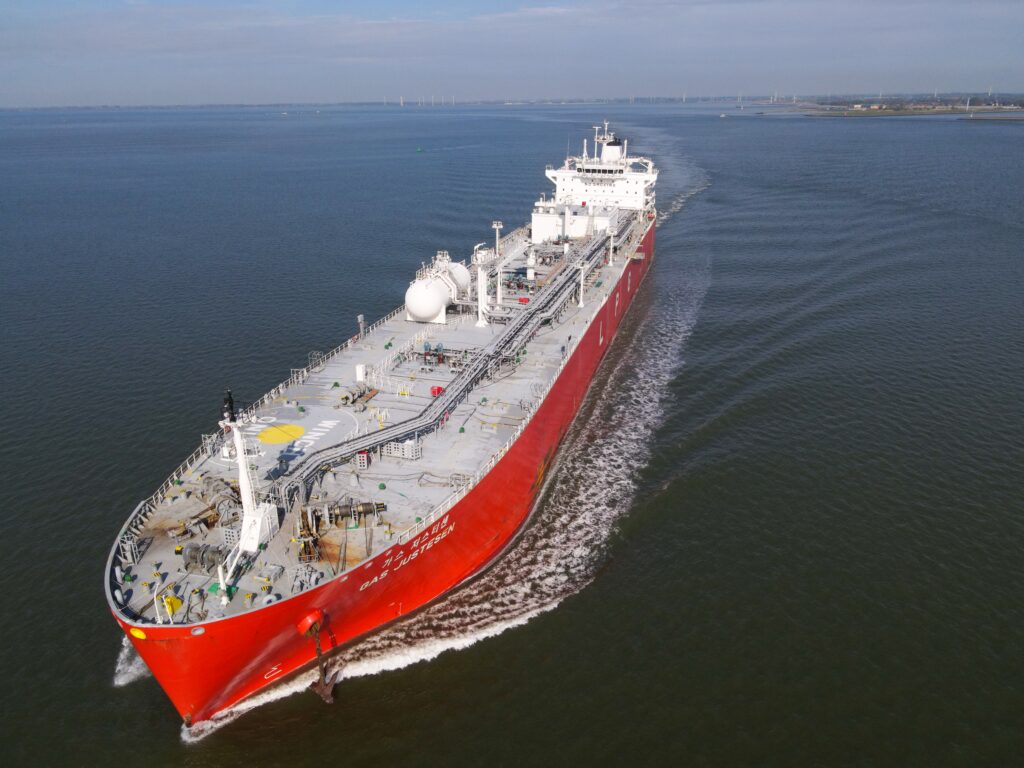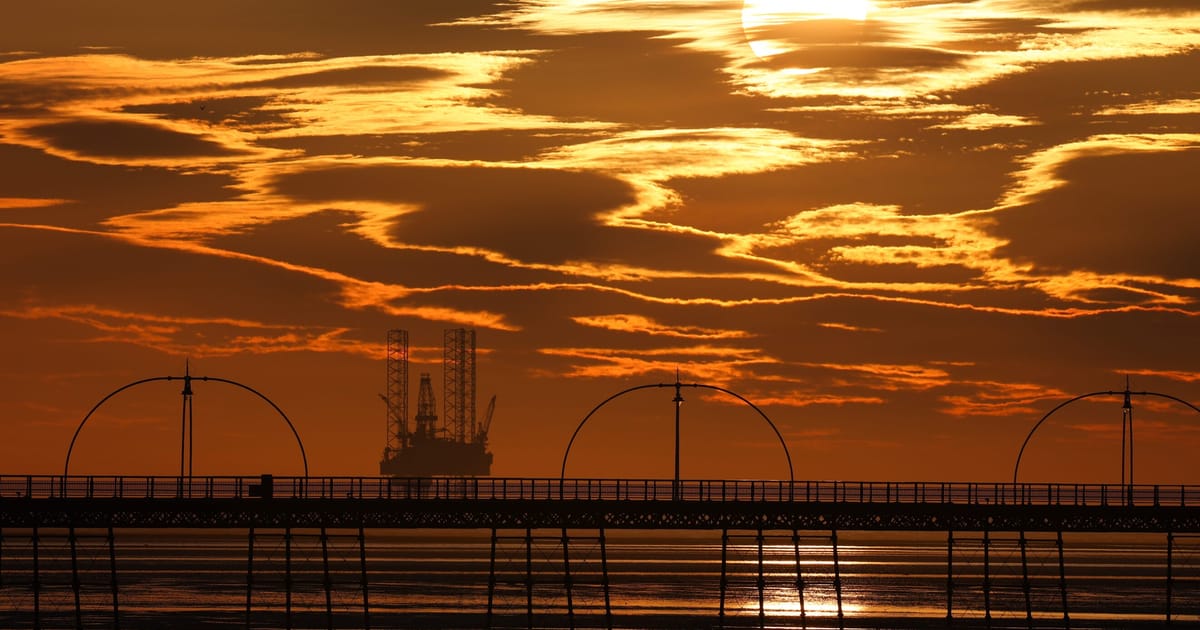The reliability of U.S. support in that scenario is “impossible to know” and “depends on what goes through Trump’s head at 3 a.m.,” Shapps said.
If sufficient quantities of gas could not be found to replace lost supply — for example, in the event of an attack on multiple pipelines — a Network Gas Supply Emergency could be declared. These procedures are enshrined in law but have never been triggered since the U.K. gas network was built in the 1960s.
Initially, gas power stations could be shut down, leading to power cuts. These could be turned back on again quickly when the gas supply returned to normal, but in more extreme scenarios, factories and businesses — and, as a last resort, some households — could be cut off from the gas network entirely.
 The U.K.’s biggest LNG supplier is the United States. | Olivier Hoslet/EFE via EPA
The U.K.’s biggest LNG supplier is the United States. | Olivier Hoslet/EFE via EPA
Energy industry experts, granted anonymity to discuss crisis planning, said in the event of such a drastic step, individual engineers would be required to reconnect each home to the gas network safely. It could take months before the network was back to normal, they said.
Ireland, which is dependent on gas imports from Britain, would also be badly affected.
The U.K.’s latest National Risk Register, published earlier this year, contains a “reasonable worst-case scenario” of a terror attack on gas infrastructure that leads to “rolling power cuts lasting up to three hours,” and predicts that “restoration of the affected gas infrastructure could take approximately three months.”
